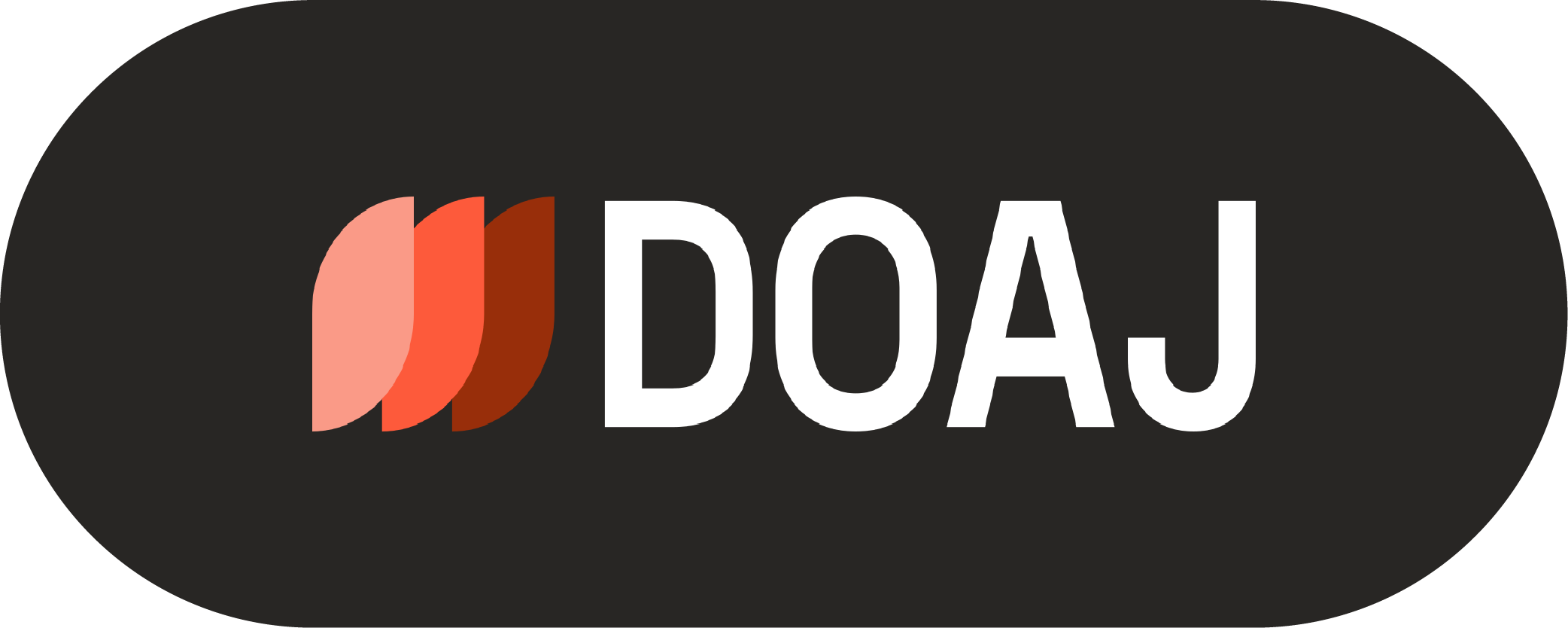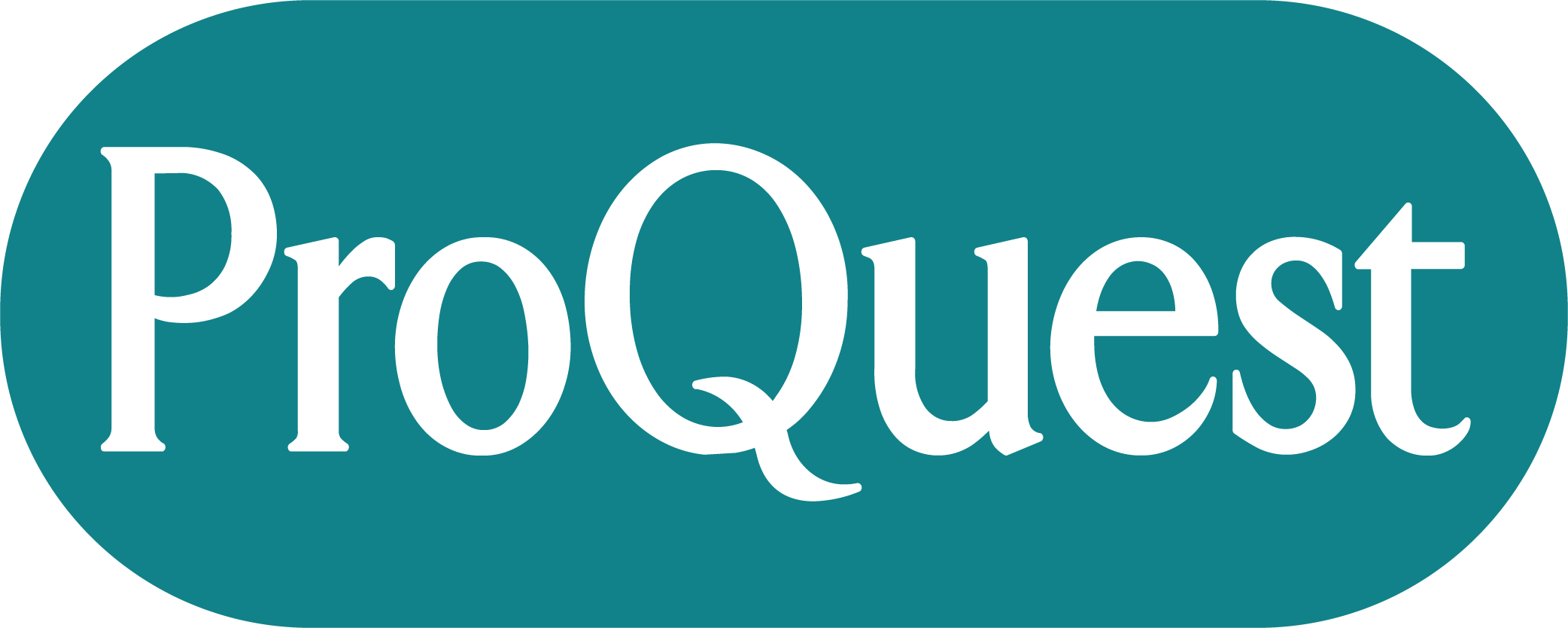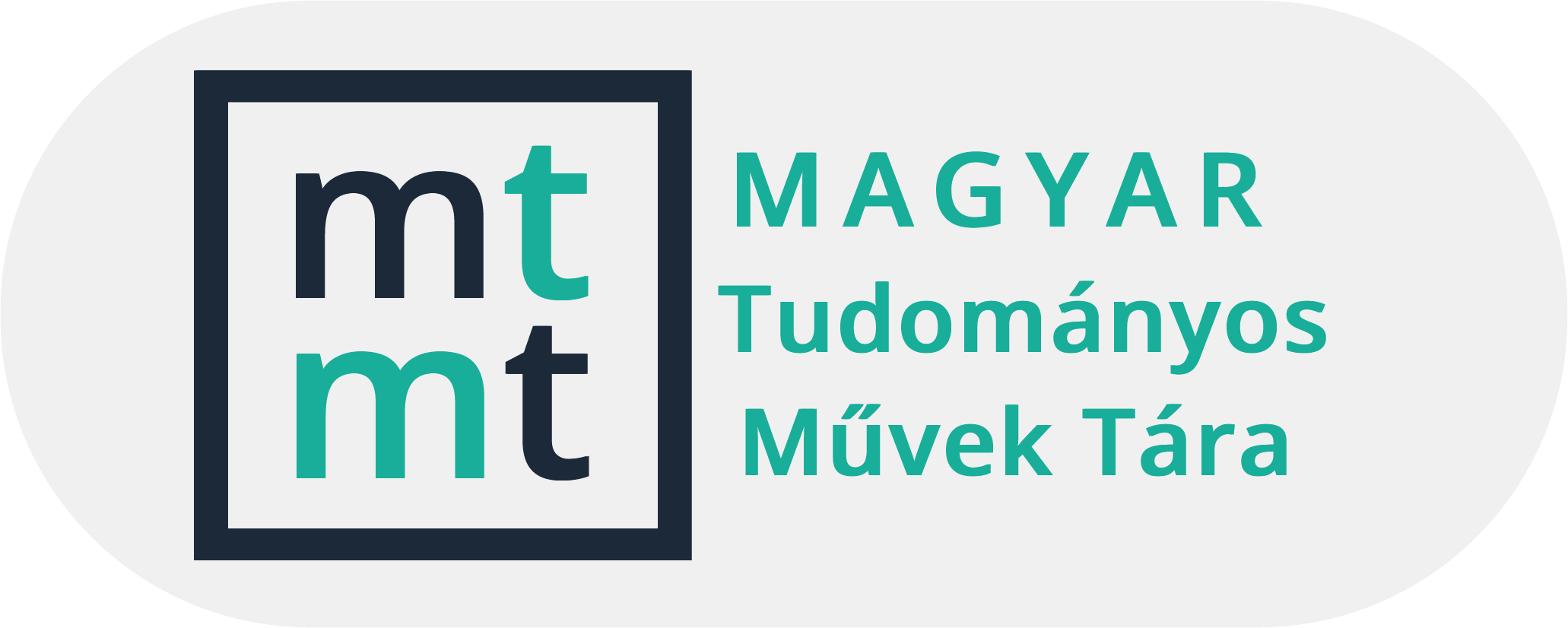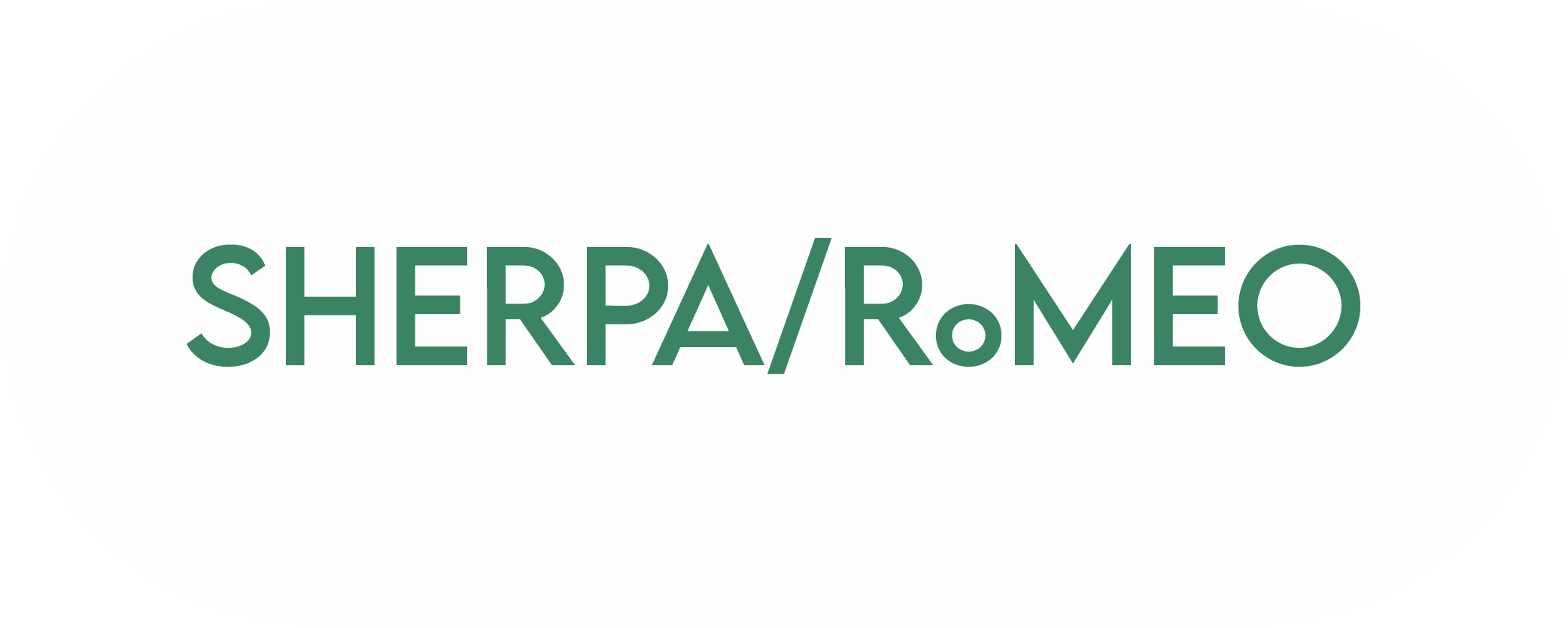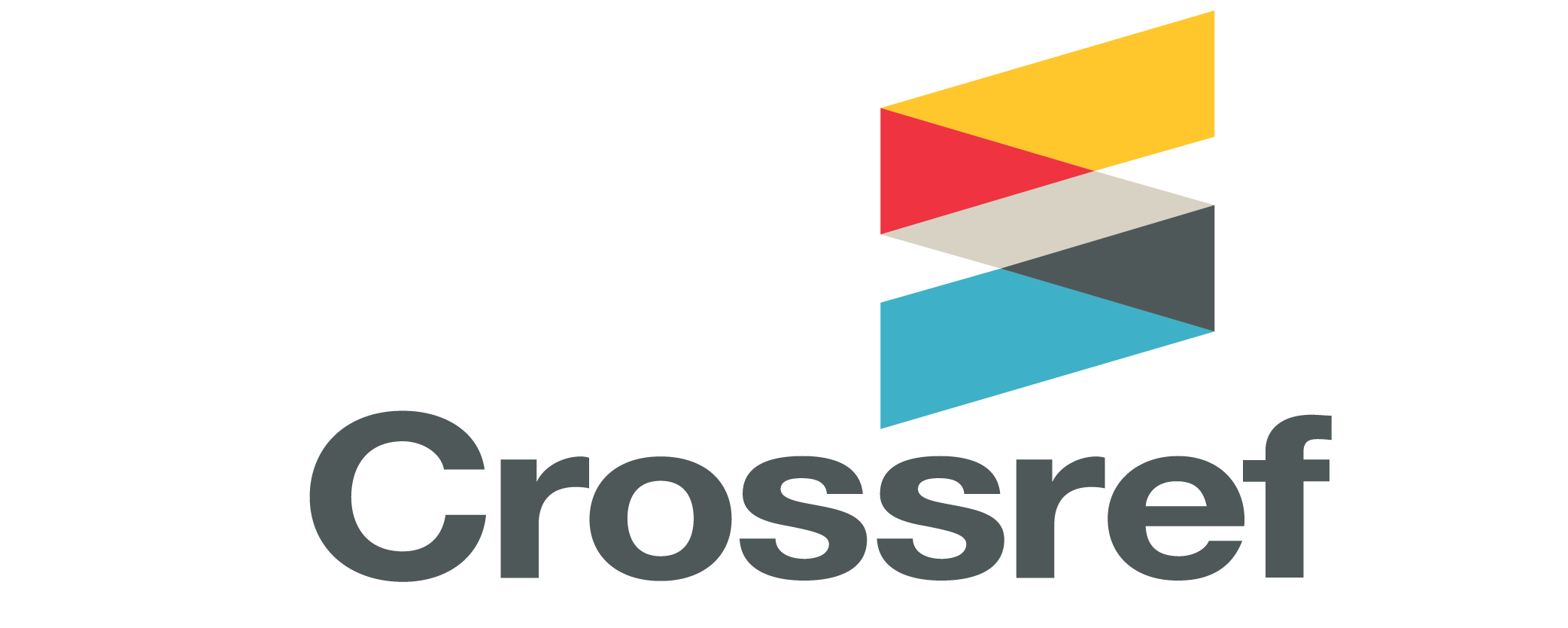Search
Search Results
-
"Frontier algorithms"
139-152Views:101In this paper we present a new method to compare algorithm design strategies. As in case of frontier towns the cultures blend, the so called "frontier algorithms" are a mixture of different programming techniques like greedy, backtracking, divide and conquer, dynamic programming. In case of some of them the frontier character is hidden, so it has to be discovered. There are algorithms that combine different techniques purposively. Furthermore, determining the programming technique the algorithm is using can be a matter of point of view. The frontier algorithms represent special opportunities to highlight particular characteristics of the algorithm design strategies. According to our experience the frontier algorithms fit best to the revision classes. -
A mathematical and didactical analysis of the concept of orientation
111-130Views:253The development of spatial ability, in particular the development of spatial orientation is one of the aims of mathematics education.
In my work, I examine the concept of orientation, especially concepts of between, left, right, below, above, front, back, clockwise and anticlockwise. I analyze answers given for a simple orientation task prepared for elementary school pupils. I would like to call attention to the difficulties pupils have even in case of solving simple orientation problems.
We have different ways to know more about the crucial points of a concept, especially of the concept of orientation. In this study I bring out one of them. I analyze and make some didactical conclusions about the origin and the axiomatic structure of orientation. -
Interactive web portals in mathematics
347-361Views:184Many of the recent problems in higher education (less contact seminars, the heterogeneity and the increasing number of our students) call for new instructional methods. At University of Szeged we have developed a mathematical web portal which can offer a solution for such problems among the changing circumstances. This freely available, easy-to-use web-surface supports interactive mathematical problem-solving and student self assessment. Our computer program cooperates with a lot of free software (computer algebra systems, formula parsers, converters, word processors). WebMathematics Interactive has been available for the public since June 2002 on its web page http://wmi.math.u-szeged.hu. -
Promoting a meaningful learning of double integrals through routes of digital tasks
107-134Views:355Within a wider project aimed at innovating the teaching of mathematics for freshmen, in this study we describe the design and the implementation of two routes of digital tasks aimed at fostering students' approach to double integrals. The tasks are built on a formative assessment frame and classical works on problem solving. They provide facilitative and response-specific feedback and the possibility to request different hints. In this way, students may be guided to the development of well-connected knowledge, operative and decision-making skills. We investigated the effects of the interaction with the digital tasks on the learning of engineering freshmen, by comparing the behaviours of students who worked with the digital tasks (experimental group, N=19) and students who did not (control group, N=19). We detected that students in the experimental group showed more exibility of thinking and obtained better results in the final exam than students in the control group. The results confirmed the effectiveness of the experimental educational path and offered us interesting indications for further studies.
Subject Classification: 97D40, 97U70, 44A45
-
Exploring the basic concepts of Calculus through a case study on motion in gravitational space
111-132Views:184In universities, the Calculus course presents significant challenges year after year. In this article, we will demonstrate how to use methods of Realistic Mathematics Education (RME) to introduce the concepts of limits, differentiation, and integration based on high school kinematics and dynamics knowledge. All mathematical concepts are coherently built upon experiences, experiments, and fundamental dynamics knowledge related to motion in a gravitational field. With the help of worksheets created using GeoGebra or Microsoft Excel, students can conduct digital experiments and later independently visualize and relate abstract concepts to practical applications, thereby facilitating their understanding.
Subject Classification: 97D40, 97I40, 97M50
-
Pupils' meta-discursive reflection on their cooperation in mathematics: a case study
147-169Views:108This article addresses the issue of how 10–11 year old pupils in pairs can actively get involved in reforming their behavior as they reflect on their interaction in order to solve mathematical problems. We studied the opportunities offered for the development of meta-discursive reflection in a pair of pupils in two alternative environments: (1) pupils' observations and discussions on their video-recorded cooperation and (2) pupils' participation in playing and acting in a drama. The results of the research revealed three levels of the pupils' meta-discursive reflection on their interaction: (1) focusing on the achievement of personal goals, (2) focusing on partners' responsibility and (3) focusing on mutual responsibility. Both environments helped the pupils to improve their socio-mathematical interaction. -
Concept systematization with concept maps in data modelling
149-166Views:115An important goal of concept learning is that students can allocate concepts in the hierarchical system of concepts. In the data modelling course, first, we supported concept systematization with worksheets in which the students had to fill in the blank hierarchical figures of classification of the concepts or blank Venn diagrams describing the relationships between concepts. The hierarchical systems, however, are somewhat restricted to the description of connections. The filling in Venn diagrams did not deliver the expected result, so our attention turned to concept maps. In this paper we introduce the concept maps we drew. Then we evaluate the results of concept mapping survey conducted among students. The survey was done in three courses. We compare the results of our survey with the result of an earlier concept systematising survey. -
Die aus der Studienzeit stammenden Aufzeichnungen des Johann Bolyai über die Würfelverdoppelung
307-316Views:86Hereinafter we are going to show that Bolyai Janos was preoccupied by the problem of the Duplication of the Cube, which was unknown until now by the rich Bolyai-literature.
This problem was solved using the Parabola, the Hyperbola and the Cissoide already in the ancient times. The Cissoide was created by Diocles especially for the constuction of the Duplication of the Cube without Compass and Straightedge. The hereinafter "deciphered" document of Bolyai was written during his university studies. In his study he presents the solutions discovered by then and tries to give a new one. We transcribed his notations to the present-day use and complemented it where it was necessary.
The mathematics historically background and the explication is very detailed described by Van derWaerden in Erwachende Wissenschaft [7], which is to find on English, German and Hungarian, too. That's because we dispense with this [8]. -
Challenges that a teacher-researcher faces during an action research – a case study
89-99Views:166This paper explores the dual role of the teacher-researcher in a four-year action research project focused on problem-based learning in mathematics. It highlights the challenges faced during the phases of planning, implementation, analysis, and reflection. Drawing on insights from the author’s experiences and observations based on both qualitative and quantitative data collection methods, the study identifies distinct challenges linked to the dual role, like differing design goals or subjective-objective voices. The author also proposes solutions to the identified challenges, such as collaboration with university experts and using reflective practices. Furthermore, the research underscores the beneficial impact of action research on enhancing teachers’ awareness and bridging the theory-practice gap, calling for further studies in this area.
Subject Classification: 97D99
-
Das Konzept des Analysisunterrichts von Professor Igor Kluvánek – einige Ergebnisse der qualitativen Forschung
349-361Views:84A renowned Slovak mathematician Professor Igor Kluvanek (1931-1993) during his affiliation with the University of Adelaide in Australia (1968-1990) has worked out a unique course of mathematical analysis for future high school teachers of mathematics. The course has been tested in its conceptual form but, as a whole, it still awaits its publication in the form of a monograph. Along these lines, our aim is to present the way he has introduced some key notions of differential calculus and to discuss its advantages. Central is the continuity of a function via which the limit and the derivative of a function at a point is defined. -
Teaching Gröbner bases
57-76Views:113In this article we offer a demonstration of how the StudentGroebner package, a didactic oriented Maple package for Gröbner basis theory, could assist the teaching/learning process. Our approach is practical. Instead of expounding on deep didactic theory we simply give examples on how we imagine experimental learning in classroom. The educational goal is to prepare the introduction of two sophisticated algorithms, the division algorithm and Buchberger's algorithm, by gathering preliminary knowledge about them. -
Combinatorics – competition – Excel
427-435Views:115In 2001 the Informatics Points Competition of the Mathematics Journal for Secondary School Students (KÖMAL) was restarted [1]. The editors set themselves an aim to make the formerly mere programming competition a bit more varied. Therefore, every month there has been published a spreadsheet problem, a part of which was related to combinatorics. This article is intended to discuss the above mentioned problems and the solutions given to them at competitions. We will prove that traditional mathematical and programming tasks can be solved with a system developed for application purposes when applying a different way of thinking. -
Decomposition of triangles into isosceles triangles II: complete solution of the problem by using a computer
275-300Views:149We solve an open decomposition problem in elementary geometry using pure mathematics and a computer programme, utilizing a computer algebra system. -
An examination of descriptive statistical knowledge of 12th-grade secondary school students - comparing and analysing their answers to closed and open questions
63-81Views:173In this article, we examine the conceptual knowledge of 12th-grade students in the field of descriptive statistics (hereafter statistics), how their knowledge is aligned with the output requirements, and how they can apply their conceptual knowledge in terms of means, graphs, and dispersion indicators. What is the proportion and the result of their answers to (semi-)open questions for which they have the necessary conceptual knowledge, but which they encounter less frequently (or not at all) in the classroom and during questioning? In spring 2020, before the outbreak of the pandemic in Hungary, a traditional-classroom, “paper-based” survey was conducted with 159 graduating students and their teachers from 3 secondary schools. According to the results of the survey, the majority of students have no difficulties in solving the type of tasks included in the final exam. Solving more complex, open-ended tasks with longer texts is more challenging, despite having all the tools to solve them, based on their conceptual knowledge and comprehension skills. A valuable supplement to the analysis and interpretation of the results is the student attitudes test, also included in the questionnaire.
Subject Classification: 97K40, 97-11, 97D60
-
A computational thinking problem-thread for grade 7 students and above from the Pósa method
101-110Views:226Lajos Pósa has been developing his “learning through discovery” (Győri & Juhász, 2018) method since 1988. His weekend math camps are focused on fostering problem-solving skills and high-level mathematical-thinking skills in gifted students from grades 7 to 11. One of the core aspects of the method is the structure of the problems, all problems are part of a complex, intertwined, and rich network. In this article we analyze a computational thinking problem-thread and its role in the camps’s network of problems (Gosztonyi, 2019), and show some aspects of the method. The insights gained using this method can be useful in other contexts. The possible adaptation of the method to secondary and high schools is briefly discussed as well.
Subject Classification: 97D40
-
On the nine-point conic of hyperbolic triangles
195-211Views:25In the Cayley–Klein model, we review some basic results concerning the geometry of hyperbolic triangles. We introduce a new definition of the circumcircle of a hyperbolic triangle, guaranteed to exist in every case, and describe its main properties. Our central theorem establishes, by means of purely elementary projective geometric arguments, that a hyperbolic triangle has a nine-point conic if and only if it is a right triangle.
Subject Classification: 51M09
-
The study of sequences defined by a first order recursion by means of a pocket calculator
231-240Views:106This paper will present the way we can use a simple pocket calculator to teach mathematics. Namely, a pocket calculator can be very useful to study the properties of sequences defined by first order recursion (e.g. monotonicity, boundedness and convergence) and to gain a deeper understanding. -
The influence of computer on examining trigonometric functions
111-123Views:103In this paper the influence of computer on examining trigonometric functions was analyzed throughout the results questionnaire. The students, as usual, had to examine two trigonometric functions, both were given with the appropriate instructions. Three groups were tested. Two of those three groups were prepared with the help of computer and the third one was taught without computer. From the analysis of the questionnaire it follows that the computer has a great influence on understanding of the connections between the graph and very complex calculations. -
On the fixed points of an affine transformation: an elementary view
101-110Views:182This note shows how the fixed points of an affine transformation in the plane can be constructed by an elementary geometric method. The approach presented here also shows how the affinities of the plane can be classified with the help of their fixed points. -
Models of impulsive phenomena: experiences with writing an interactive textbook
333-345Views:82"Take the textbook to computer" – is said quite often. Would it be so easy? If we start such a work, we meet a lot of trouble very soon. A book stored on a CD, read on the screen of computer and containing some hyperlinks does not become automatically electronic textbook. There are difficulties also in writing merely an electronic attachment to a classical book. In this paper, we deal with some important features (actually important from our point of view) of interactive mathematics textbooks, arising mathematical, didactical and technical problems. The "principles" are illustrated with examples taken from the book-CD "Models of Impulsive Phenomena". -
Programming Theorems and Their Applications
213-241Views:221One of the effective methodological approaches in programming that supports the design and development of reliable software is analogy-based programming. Within this framework, the method of problem reduction plays a key role. Reducing a given problem to another one whose solving algorithm is already known can be made more efficient by the application of programming theorems. These represent proven, abstract solutions – in a general form – to some of the most common problems in programming. In this article, we present six fundamental programming theorems as well as pose five sample problems. In solving these problems, all six programming theorems will be applied. In the process of reduction, we will employ a concise specification language. Programming theorems and solutions to the problems will be given using the structogram form. However, we will use pseudocodes as descriptions of algorithms resembling their actual implementation in Python. A functional style solution to one of the problems will also be presented, which is to illustrate that for the implementation in Python, it is sufficient to give the specification of the problem for the design of the solution. The content of the article essentially corresponds to that of the introductory lectures of a course we offered to students enrolled in the Applied Mathematics specialization.
Subject Classification: D40
-
Sage and scribe – asymmetrical pair work that can easily fit into any mathematics lesson, yet still have cooperative benefits
133-164Views:498This article uses a case study experiment to learn the characteristics of a pair work, called the sage and scribe method (Kagan, 2008). We also wished to explore the positive and negative effects of the systematic application of this single cooperative element without any other structural changes during the lessons. In the case study experiment, we asked two teachers, accustomed to traditional frontal teaching methods, to substitute individual work tasks in their standard lesson plans with the sage and scribe method. Our experiments indicate that this method wastes insignificant time, requires little extra effort on the part of the teacher, yet has many of the positive effects of cooperative methods: in our experiments, students received immediate feedback, corrected each other’s mistakes, learned from each other in meaningful discussions and engaged in collaborative reasoning to address emerging problems.
Subject Classification: 97D40
-
Linear clause generation by Tableaux and DAGs
109-118Views:107Clause generation is a preliminary step in theorem proving since most of the state-of-the-art theorem proving methods act on clause sets. Several clause generating algorithms are known. Most of them rewrite a formula according to well-known logical equivalences, thus they are quite complicated and produce not very understandable information on their functioning for humans. There are other methods that can be considered as ones based on tableaux, but only in propositional logic. In this paper, we propose a new method for clause generation in first-order logic. Since it inherits rules from analytic tableaux, analytic dual tableaux, and free-variable tableaux, this method is called clause generating tableaux (CGT). All of the known clause generating algorithms are exponential, so is CGT. However, by switching to directed acyclic graphs (DAGs) from trees, we propose a linear CGT method. Another advantageous feature is the detection of valid clauses only by the closing of CGT branches. Last but not least, CGT generates a graph as output, which is visual and easy-to-understand. Thus, CGT can also be used in teaching logic and theorem proving. -
Dressed up problems - the danger of picking the inappropriate dress
77-94Views:154Modelling and dressed-up problems play an inevitably unavoidable role in mathematics education. In this study we would like to point out how dangerous is it to dress up mathematical problems. We go back to the principle of De Lange: The problem designer is not only dressing up the problem, but he is the solution designer, as well. We show three examples selected from Hungarian high school textbooks where the intended solution does not solve the problem, because the dressing changes the context and changes the problem itself. -
Looking back on Pólya’s teaching of problem solving
207-217Views:423This article is a personal reflection on Pólya's work on problem solving, supported by a re-reading of some of his books and viewing his film Let Us Teach Guessing. Pólya's work has had lasting impact on the goals of school mathematics, especially in establishing solving problems (including non-routine problems) as a major goal and in establishing the elements of how to teach for problem solving. His work demonstrated the importance of choosing rich problems for students to explore, equipping them with some heuristic strategies and metacognitive awareness of the problem solving process, and promoting 'looking back' as a way of learning from the problem solving experience. The ideas are all still influential. What has changed most is the nature of classrooms, with the subsequent appreciation of a supporting yet challenging classroom where students work collaboratively and play an active role in classroom discussion.
Subject Classification: 97D50, 97A30
